
After small studies suggested eptifibatide may be safe in acute ischemic stroke, new data showed similar rates of ICH between study drug and controls, but increased PH-2 for those treated with the antiplatelet.

After small studies suggested eptifibatide may be safe in acute ischemic stroke, new data showed similar rates of ICH between study drug and controls, but increased PH-2 for those treated with the antiplatelet.

Results from the retrospective chart review were presented at the 2020 International Stroke Conference, held in New Orleans and virtually.
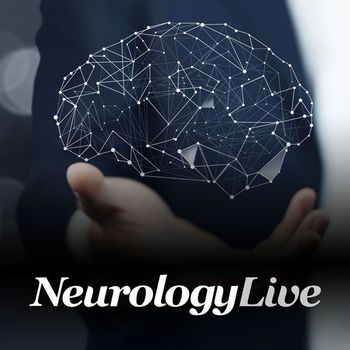
Relative to pre-pandemic era, the odds of mortality in stroke-related admissions increased during the pandemic, with an even greater risk for those less than 70 years of age.

The chair of neurology and Olemberg Family Chair of Neurological Disorders at the University of Miami Miller School of Medicine discussed solutions to improve disparities in stroke care and the need for future research on social determinants of health.
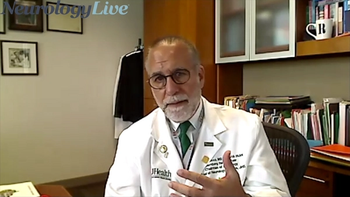
The chair of neurology and Olemberg Family Chair of Neurological Disorders at the University of Miami Miller School of Medicine detailed the reasons behind the lack of research on social determinants of health on stroke outcomes.
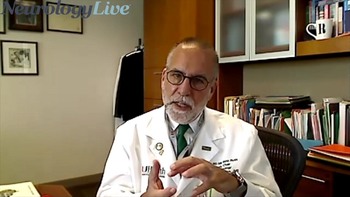
The chair of neurology and Olemberg Family Chair of Neurological Disorders at the University of Miami Miller School of Medicine provided plans of action to reduce racial and ethnic disparities in stroke.

The chair of neurology and Olemberg Family Chair of Neurological Disorders at the University of Miami Miller School of Medicine detailed a number of presentations from ISC 2021.

The chair of neurology and Olemberg Family Chair of Neurological Disorders at the University of Miami Miller School of Medicine discussed the abundance of research from the Florida Stroke Registry presented at ISC 2021.

The triage software yielded a sensitivity and specificity of 59.7% and 91.5%, respectively, for all scans in a study including more than 1000.

Neurology News Network for the week ending March 27, 2021.
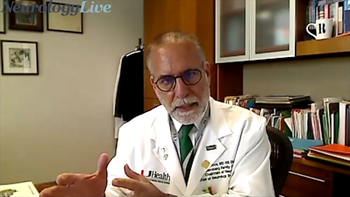
The chair of neurology and Olemberg Family Chair of Neurological Disorders at the University of Miami Miller School of Medicine outlined the Florida Stroke Registry and its capabilities.

P values showed evidence of statistical significance at the conventional P <.05 threshold for all assessed non-inferiority margins.

The AURORA collaboration studied pooled study data from 6 randomized studies of ET in ischemic stroke.

Black patients were 16% less likely and Asian patients were 30% less likely to be able to function independently compared to non-Hispanic white patients following endovascular treatment.

Researchers used predictive swallowing score to help guide decision making in gastric tube placement.

Black patients accounted for 27% of the patients in the COVID-19 CVD Registry but accounted for 31% of the ischemic stroke cases.

Researchers also found that compared to direct to CT patients, DTAS patients has lower onset-to-reperfusion and door-to-groin times.

The findings suggest the externally altered proprioceptive feedback in forced exercises may be increasing cortical engagement.

Treatment with tPA within 0 to 60 minutes of last known normal occurred for 33% of patients on mobile stroke units, compared to 3% who received standard management.
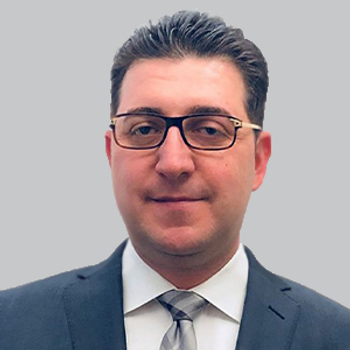
Data suggests that access to endovascular thrombectomy centers within 15 minutes is limited to less than one-fifth of the population, pointing to a need for improved access and bypass methodologies.

When performed by itself, endovascular therapy had greater rates of intracranial hemorrhage compared to a combination of both endovascular therapy and intravenous thrombolysis.

Phase 2 STOP-AUST data suggest that the antifibrinolytic agent may be able to reduce ICH in spot sign positive patients with stroke when administered within 2 to 3 hours of onset, warranting further study.

New study data from ISC 2020 suggest that patients with stroke can be effectively treated with tenecteplase at a lower dose of 0.25 mg/kg, reducing the need for mechanical clot removal.

Stroke patients experienced higher rates of thrombolysis as well as faster alarm to treatment times when mobile stroke units were present.

The composite primary end point of the study occurred in 9.6% of patients in the lower-target LDL-C group compared with 12.9% in the higher target group.

Despite missing the primary end point, data from a subset of patients suggest that the novel peptide may be beneficial in those who have not received alteplase.

Despite the conventional need for patients to travel to MRI devices, the use of a point-of-care, portable scanner has proven to be a feasible method of acquiring clinically useful images.

Patients 65 and under were more likely to develop seizures following a stroke than older patients.

The beneficial impact on stroke risk appeared to be greater in patients age 79 and younger than in the older patients examined.

The model may help clinicians enact preventative measures for those with migraine with aura at an early stage.